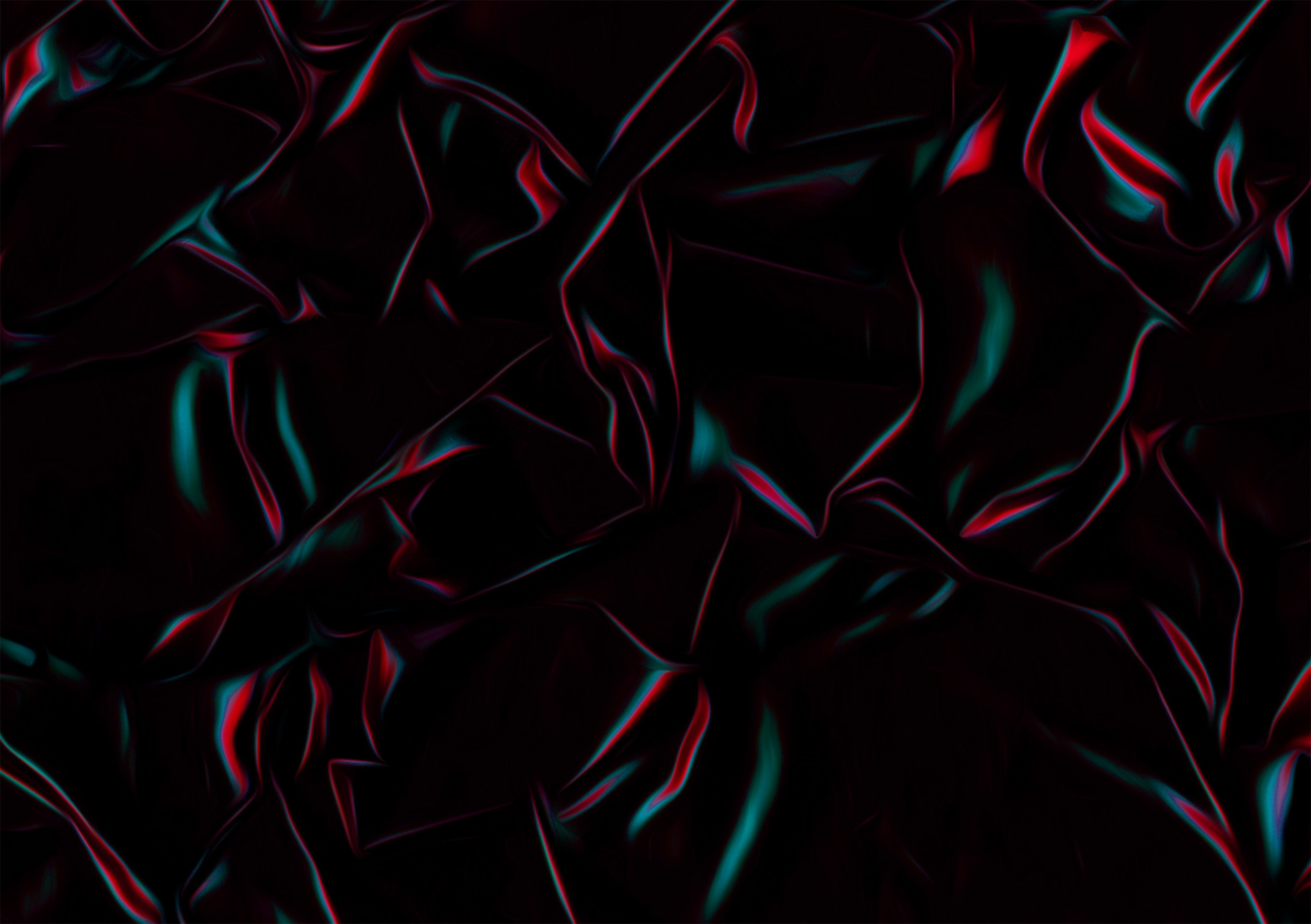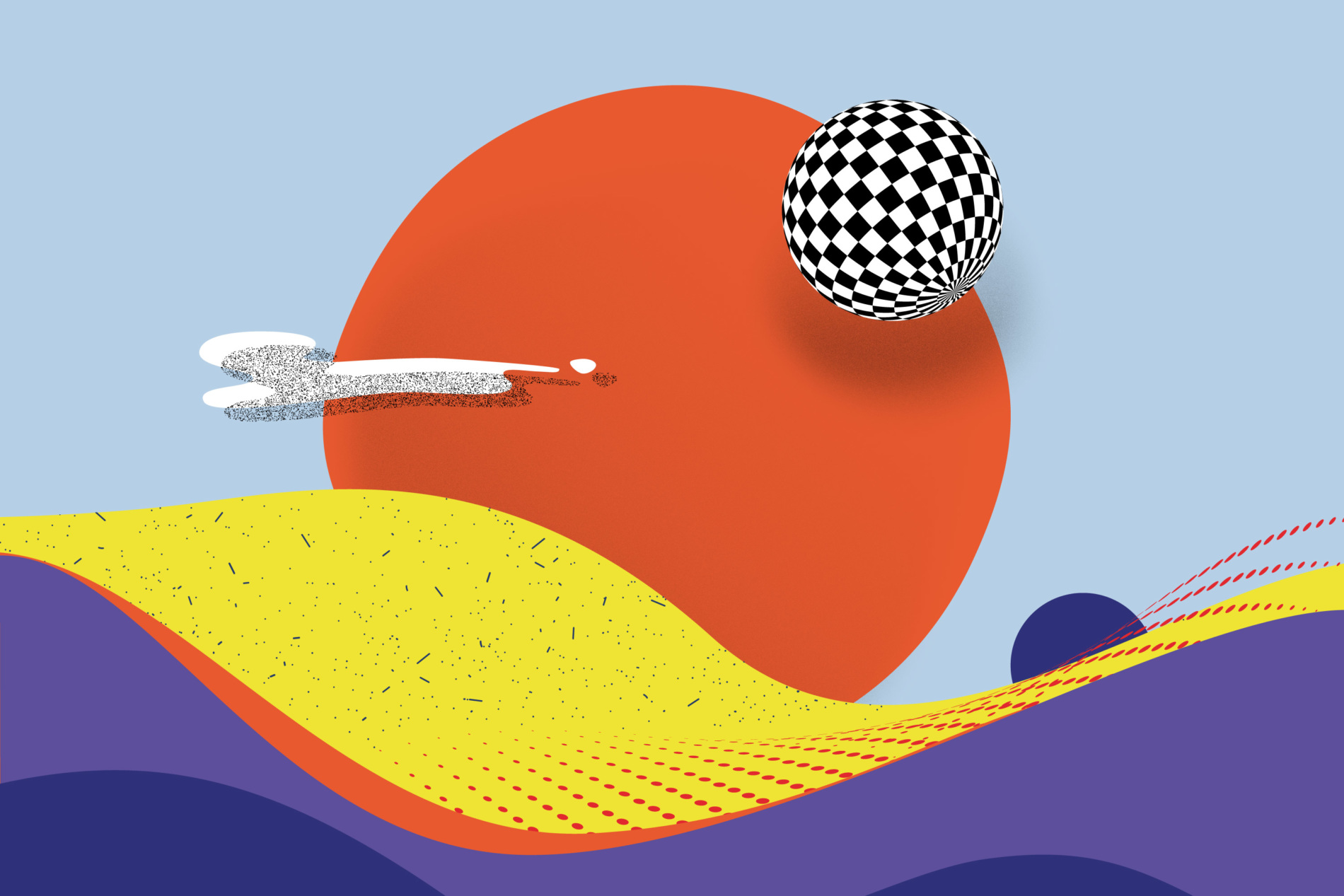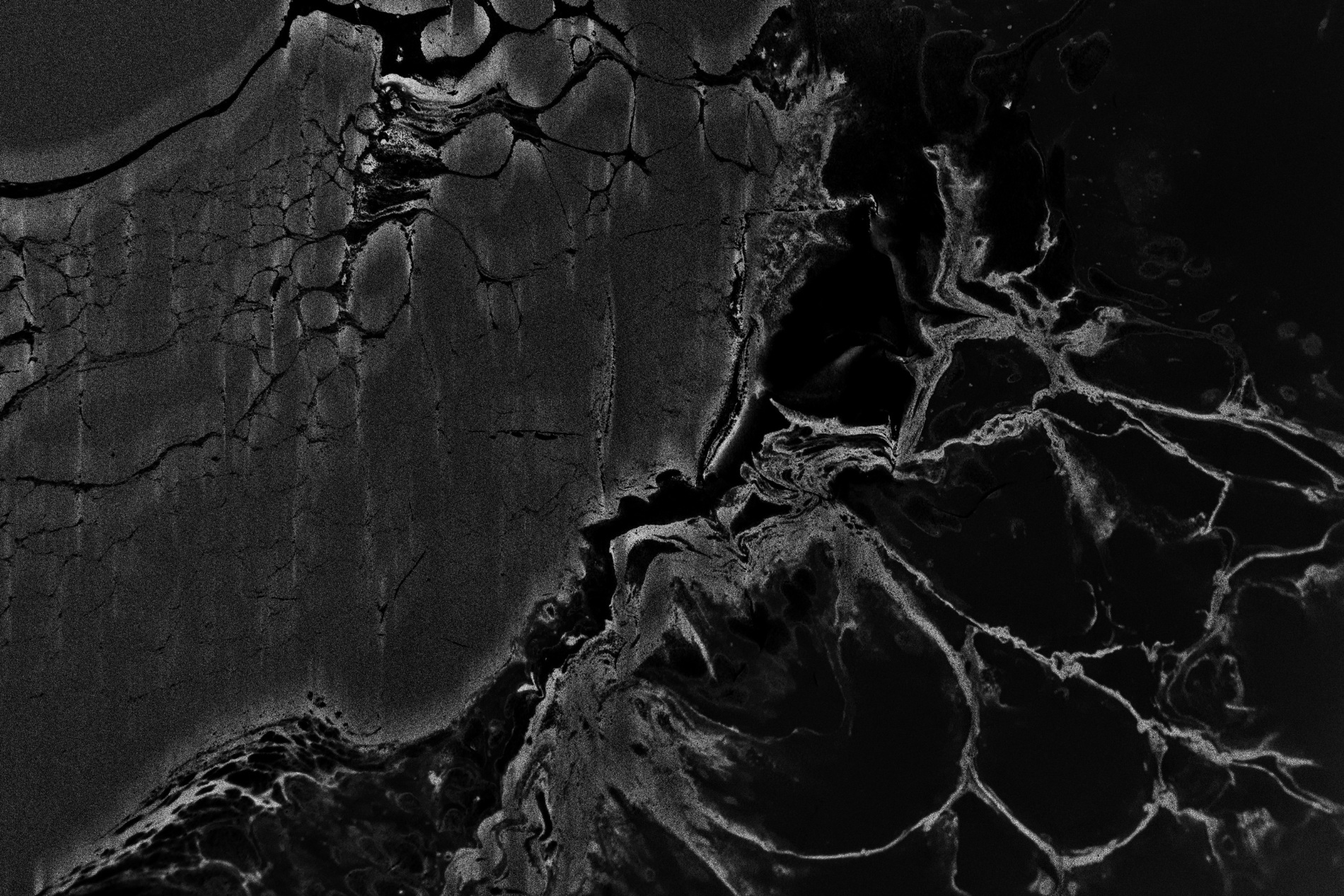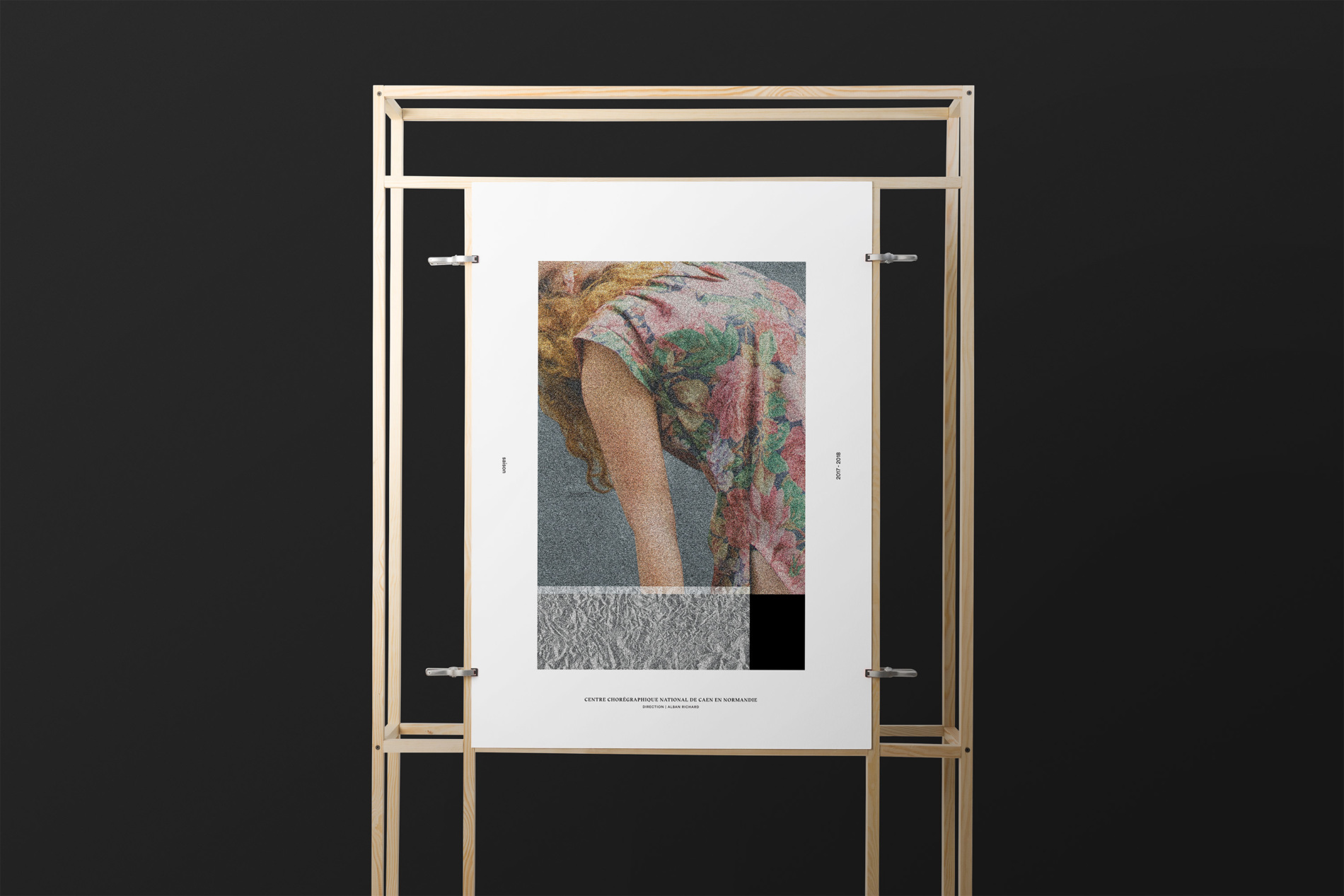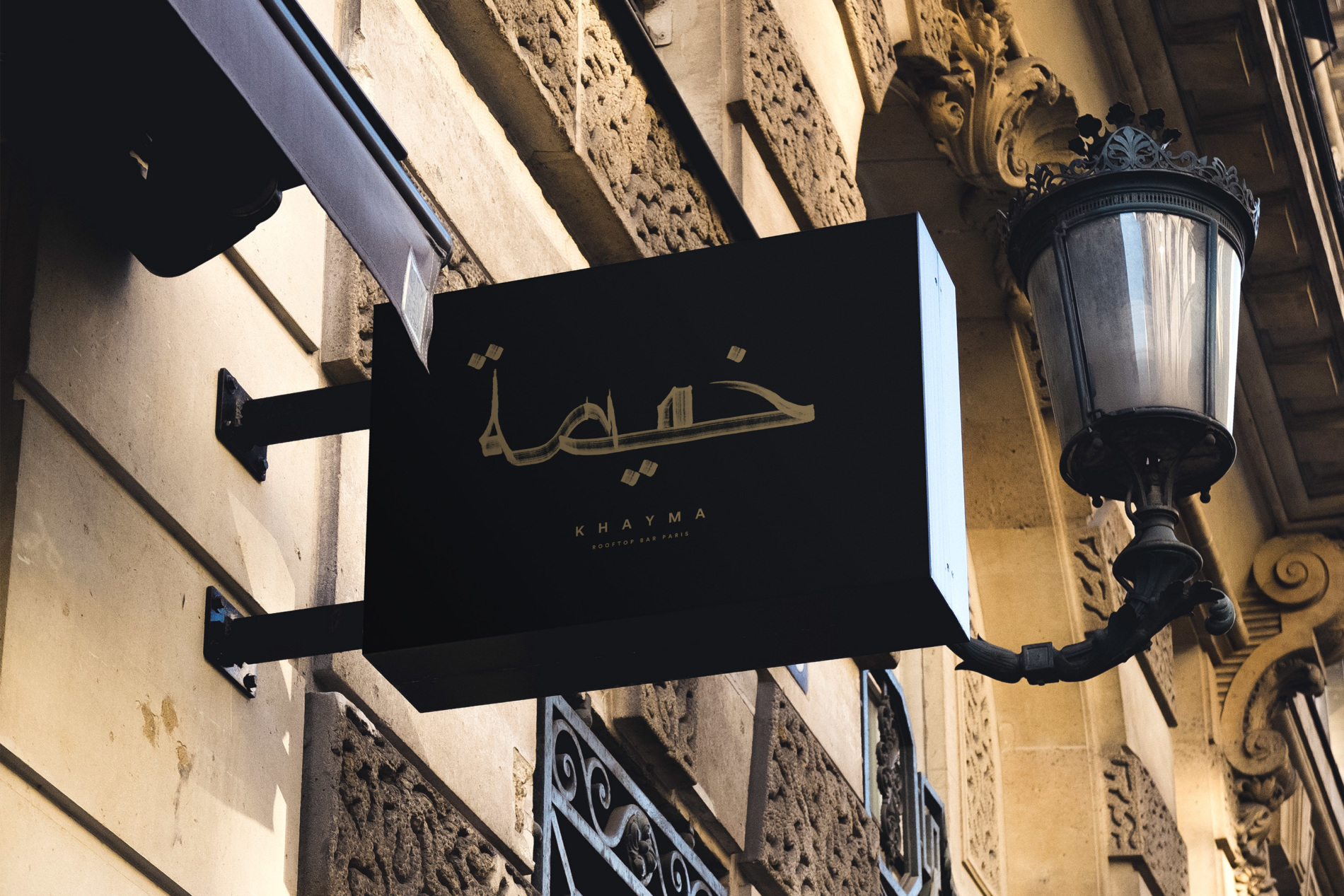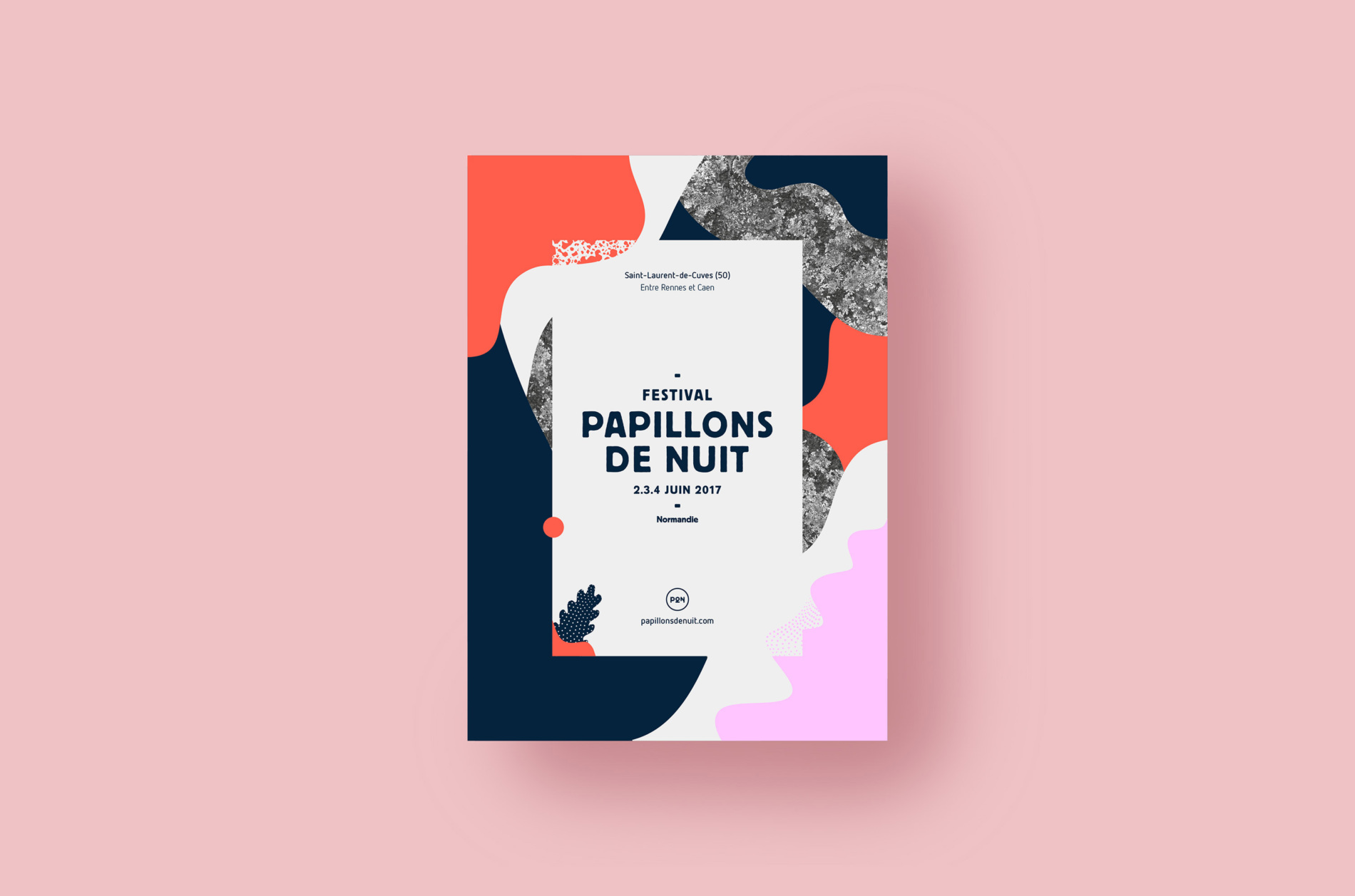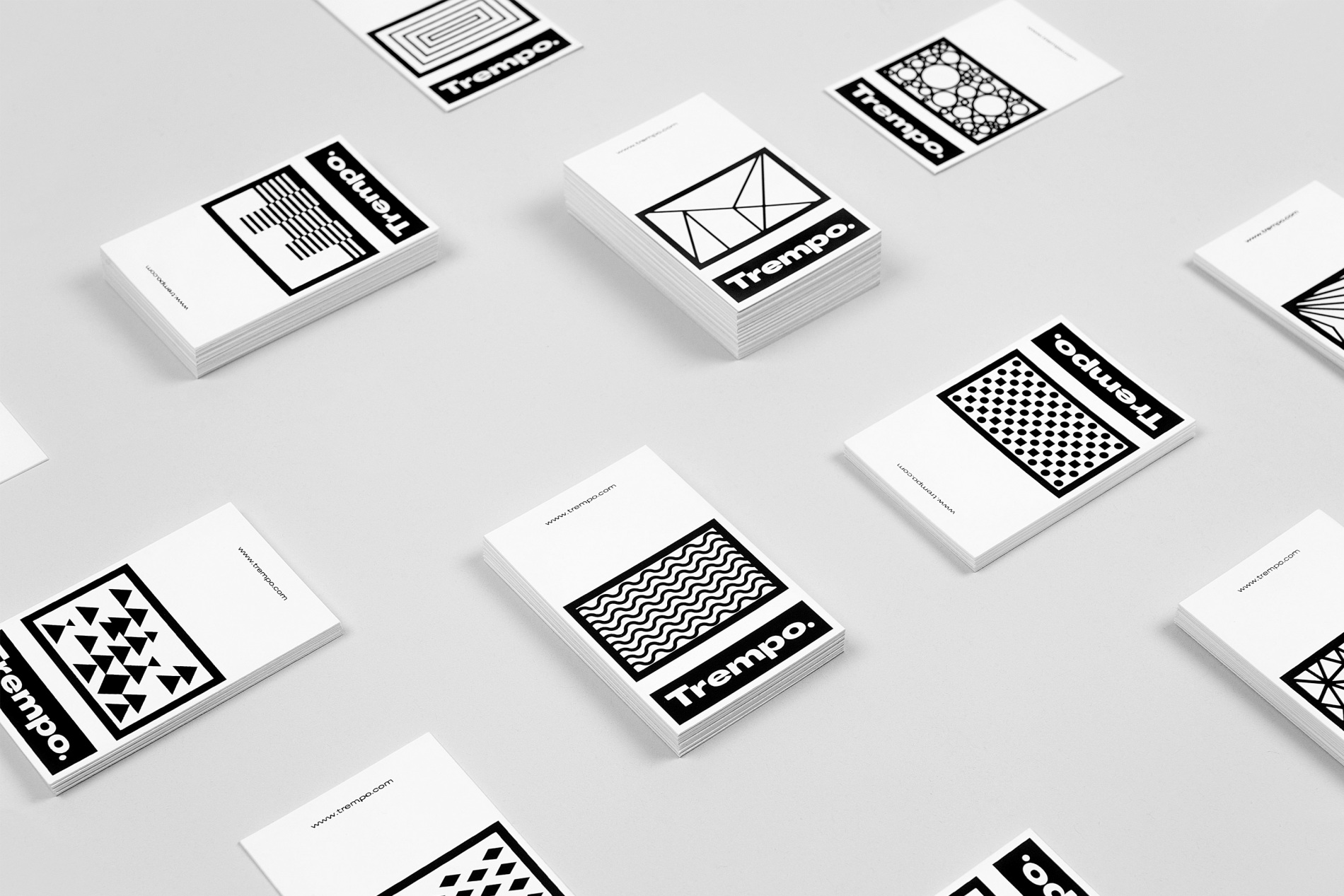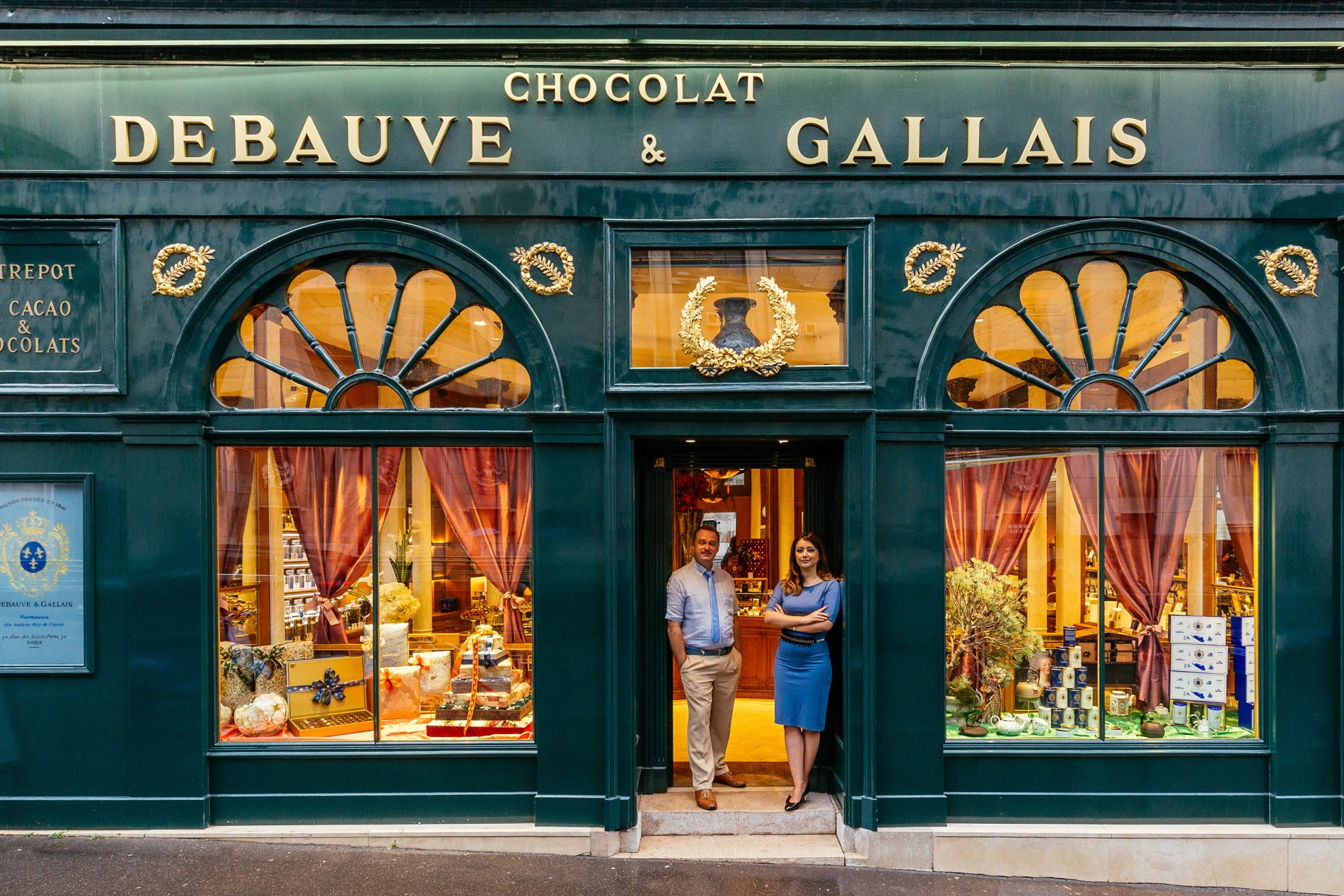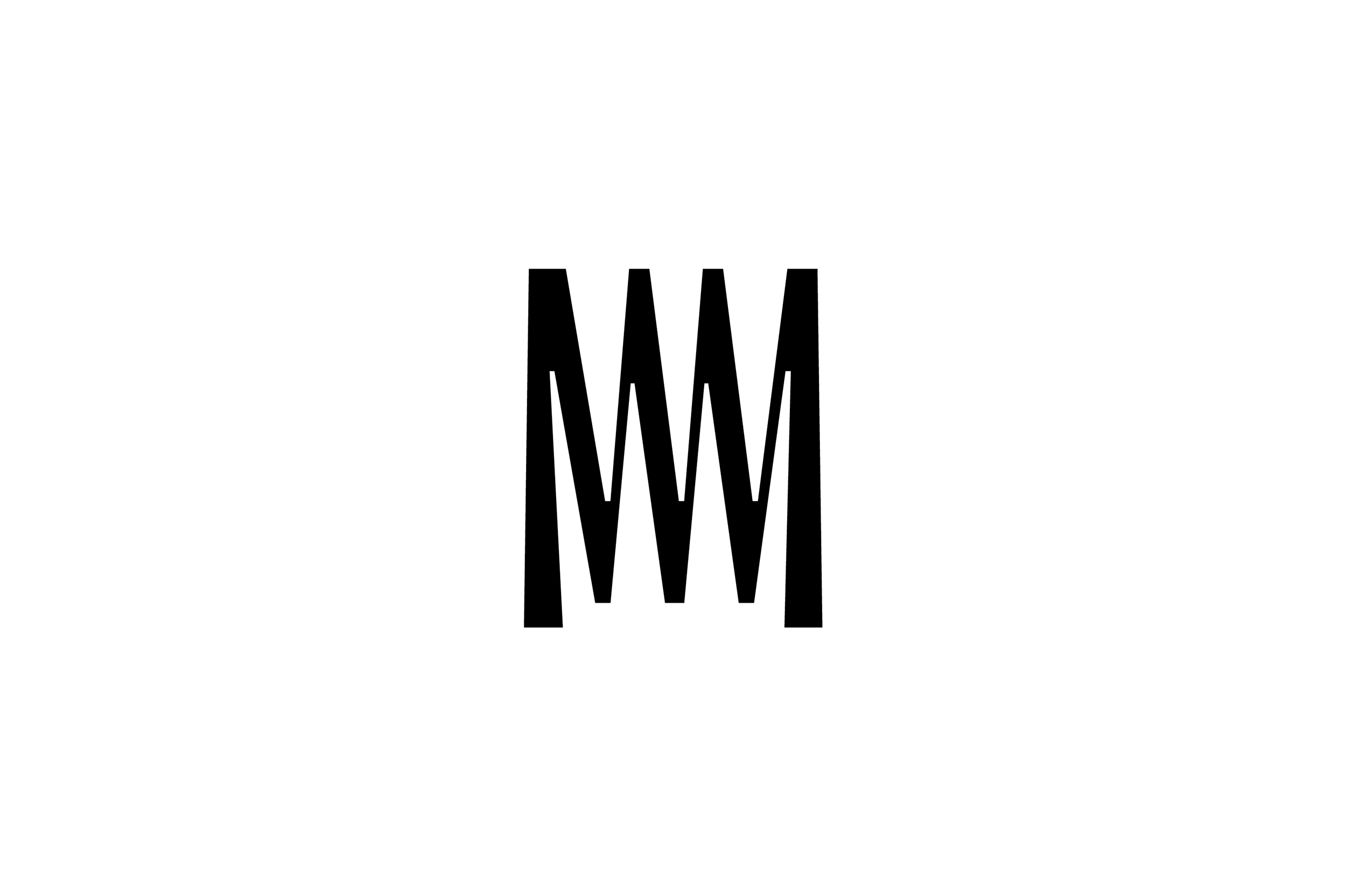Préface : Magical Geometry
par Damien Bullet — Murmure
Nous vous en parlions il y a quelques jours dans un article, l’éditeur Sendpoints nous a sollicité pour rédiger la préface de son livre « Magical Geometry » consacré aux motifs géométriques et aux patterns dans le design graphique.
Nous avons choisi de la partager avec vous et la publier dans son intégralité. Bonne lecture.
« The creation of geometric shapes in graphic design is a true fashion phenomenon which has appeared over the course of these past 5 years. At first it merely consisted in added graphics and the placing of geometric forms took on such an important role that they became the main element of all creations. Featured alone or in patterns, they became the central graphic element. Backed by typography, these shapes form the visual identity.
These graphic styles were initially favoured for cultural, event-related communications, interior design and fashion. They then became widespread in logo design, and more recently in webdesign, along with the advent of styles such as « flat design » and new technological possibilities. One could liken this phenomenon to the 1920s and the emergence of modern art with currents based on geometric shapes such as Cubism, Futurism and the Bauhaus. They were subsequently found during the 1970s with a majority of round shapes and during the 80s with geometric shapes and colourful graphics used in abundance. They were to gradually evolve with the advent of computers, the Internet and more generally contemporary graphics.
The geometric universe, where mathematical discipline is originally strict, is governed by standards, accuracy and thoroughness. Due to these mathematic rules, graphic geometry creates clear creations which are precise and structured. The creation of geometric graphic patterns is infinite, be they flat, embossed, featuring fillets or tint areas, single or patterned.
A designer’s job has changed tremendously with the advent of computers and especially with the predominant use of a variety of software throughout the creative phase. This has inevitably made the creation of shapes and geometric graphic solutions enhancing qualities and opportunities for impressions far more accessible. The enthusiasm of designers is usually found in all creative fields such as fashion, design, interior design etc … worlds which have mutually enriched one another. References are currently being made to the 80s and feature various artistic movements such as the « Memphis », which is experiencing a truly new golden age, a new lease of life since it has been reinterpreted by designers. These movements have become, unlike before, particularly influential and significantly enriched proposals have steered graphic studios towards resolutely geometrical designs.
Far more than a mere graphic style, creating patterns or geometric patterns is a genuine choice of artistic direction. There is an answer : a graphic solution which provides marketing objectives and meets all customer needs. For example, if a customer’s goal is to add professionalism, existing mathematical concepts to geometry, then rigour and geometric perfection shall prove a good answer. If the client brief is to move towards a more “arty” or manufactured target, then purely geometric graphic designs will not offer an adequate alternative. Throughout our creative process, to come up with the visual identity of Nördik Impakt 15, we built the graphic pattern from precise and minimum geometric shapes, the same used to compose electronic music : simple and minimal forms are assembled into a structure with overall harmony. The answer could only be geometric. »
Paul Ressencourt & Julien Alirol .

